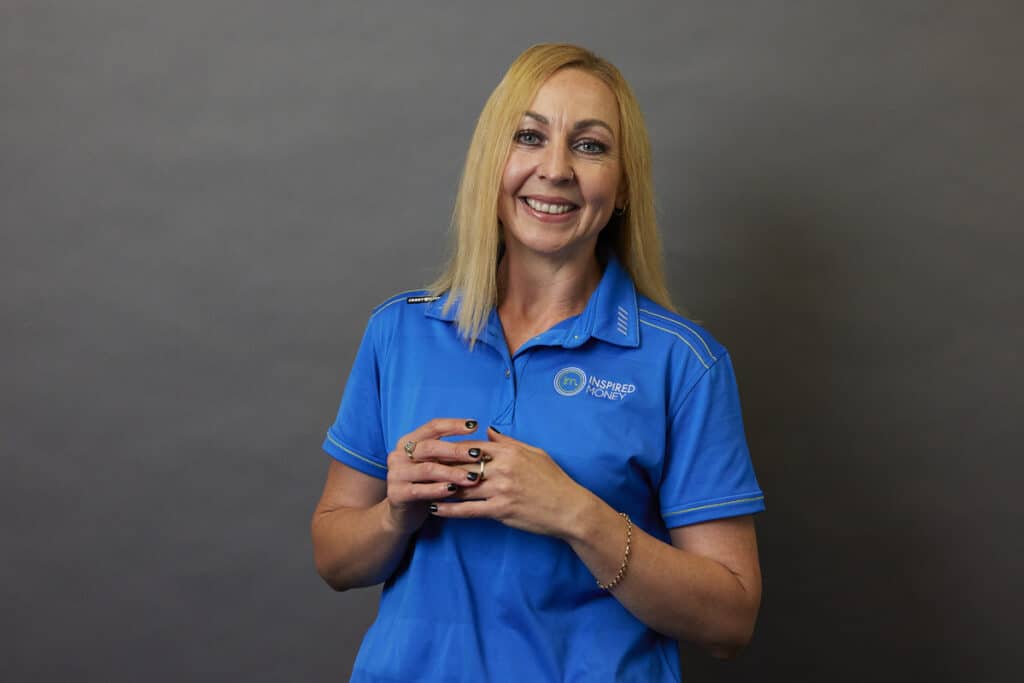When it comes to financing home projects, especially significant ones like building a swimming pool, it’s essential to weigh all the options carefully. As a mortgage broker at Inspired Money, I often guide clients on how to manage such financial decisions. Here’s some advice to help you embark on your home improvement projects with peace of mind.
Cash Reserves Are Your First Line of Defense
Using your cash reserves can be a great way to finance your home project, but it’s crucial to maintain a financial safety net. You need to ensure you have enough funds set aside for emergencies, such as job loss or unexpected medical expenses.
“I suggest maintaining six months’ worth of living expenses in an easily accessible account.”

Maintain six months’ worth of living expenses in an easily accessible account. This way, you can manage unexpected costs without derailing your project.
Leveraging Investments Wisely
If you have an investment portfolio, using these funds can be a viable option. However, it’s important to weigh the pros and cons. One significant consideration is the tax implications of selling investments. Long-term gains on assets held for more than a year can be taxed at lower rates, but it’s essential to understand how this fits into your overall financial plan.
“If you decide to withdraw from your investment account, be aware of the tax implications.”

Evaluate the potential tax impact and compare it to the benefits of keeping your investments for other goals.
Consider Using a Line of Credit (LOC) for a Flexible Financing Solution
A Line of Credit (LOC) can be an excellent source of funds for your home project. It allows you to borrow against the equity in your home, often at a favourable interest rate. LOCs typically offer a draw period of up to 10 years, followed by a repayment period. Interest rates are usually variable, so it’s important to consider how market conditions might affect your payments.
“LOCs typically involve a draw period of up to 10 years, during which you can borrow money and may be required to pay only interest each month.”

If you secure a good interest rate, a LOC can be a flexible and cost-effective way to finance your project. Plus, the interest on funds used for home improvement may be tax-deductible.
No-Interest Credit Card Offers Can Be A Great Short-Term Solution
Some credit cards offer introductory 0% interest rates on purchases for a limited time. This can be a convenient way to finance smaller projects in the short term. However, it’s crucial to pay off the balance before the 0% period expires to avoid high interest rates.
“Applying for one of these cards may be a good way to get short-term financing for a project, but it’s important to pay off the balance before the 0% period expires.”

Use no-interest credit cards for short-term financing and ensure you pay off the full balance before the promotional period ends.
Financing a home project requires careful consideration of various options to ensure they align with your long-term financial goals. Whether using cash reserves, tapping into investments, securing a HELOC, or leveraging no-interest credit cards, it’s important to make informed decisions. As always, I’m here to help guide you through the process and find the best solution for your needs.
Feel free to reach out to me, Nicole Monks, or any of the Inspired Money Team for personalised advice tailored to your unique situation. Let’s make your home improvement dreams a reality while keeping your financial health intact.





